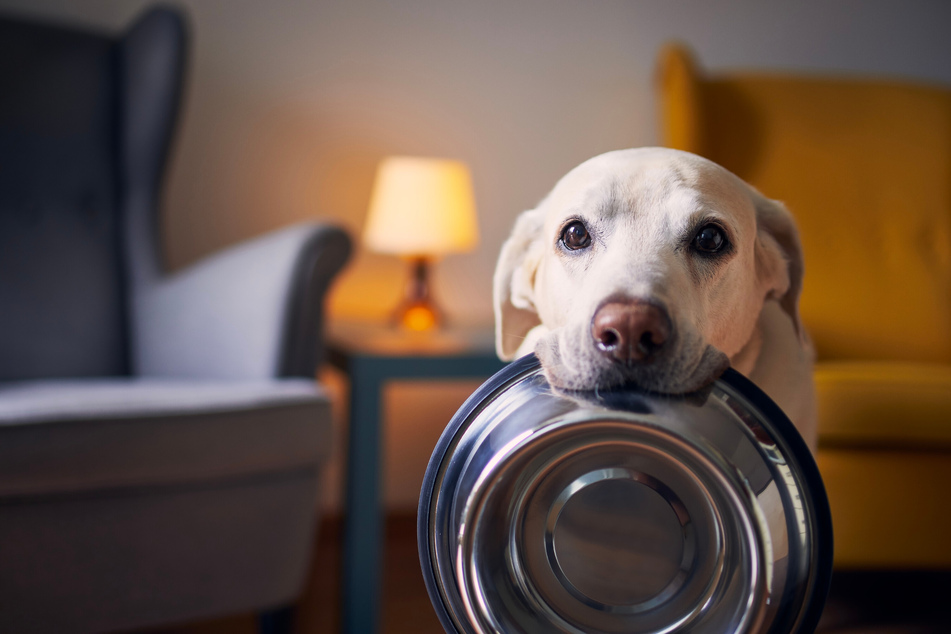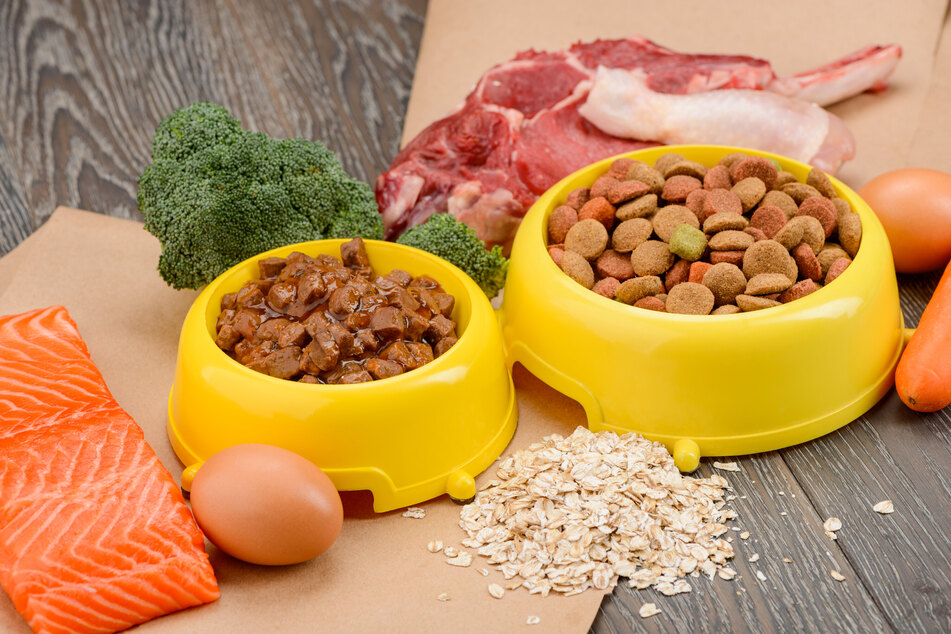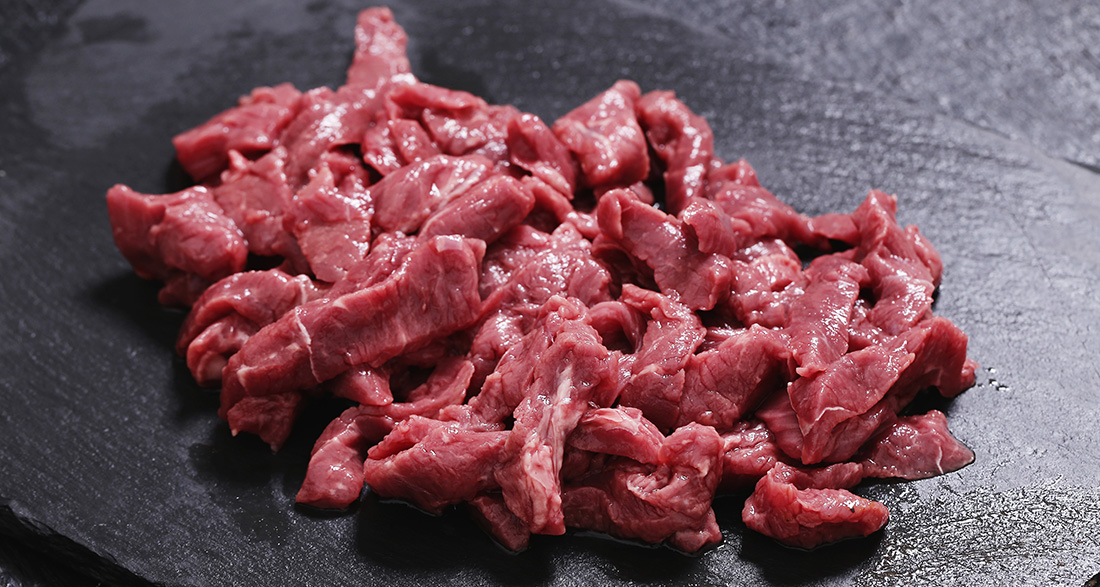“Barfing,” or feeding dogs raw meat, has been gaining popularity in recent years but remains highly controversial among pet owners. Many purported benefits of this feeding method are not scientifically proven, in contrast to the health disadvantages for both animals and humans.
The term “Barfing” originates from English and is an acronym for “biologically appropriate raw food” or “Bones and raw Food.”
Proponents of this feeding method aim to provide their animals with a natural diet, citing wild dogs, especially the eating habits of their canine ancestors, the wolves. However, they overlook the fact that dogs are not wolves.
Unlike wild forest dwellers, our four-legged companions are not carnivores, meaning they are not strictly meat-eaters. Dogs are omnivores and, like humans, consume both animal and plant-based foods. Wolves, too, occasionally eat plants, fruits, nuts, and vegetables.
Wild dogs such as coyotes or dingoes are fundamentally different from pets or stray dogs and usually keep their distance from humans. Even if domesticated dogs live “wild” (house and street dogs), they are still found near human settlements, seldom hunting and killing their food. They eat what humans discard as waste.
Since the transition from wolf to dog took place over 10,000 years ago, and considerable changes have occurred through human intervention – “breeding.” Over this long period of coexistence with humans, the digestion of dogs has adapted, according to the magazine “DOGS.”
I feed the dogs a bones and raw food diet (BARF for short!). Today, it's duck necks, chicken wings, egg and natural yoghurt. Yummy!#DogsofTwittter #barfdiet #newfie #stbernese #pugalier pic.twitter.com/JbHaeywDGG
— Jim Deeds (@gymforthesoul) January 31, 2023
Digestion in dogs works differently than in wolves

The altered digestion of carbohydrates was scientifically confirmed in 2013 and involves:
- Increased enzyme secretion for starch breakdown
- Higher enzyme activity
- Better glucose absorption
Unlike wolves, dogs can utilize starch as a food source and convert carbohydrates into energy more effectively.
A purely meat-based diet would lead to nutritional deficiencies, so most “Barfers” add vegetables, oils, and other supplementary ingredients to their pets’ food bowls.
However, the risks of “Barf” feeding are not eliminated even with these additions. Raw food poses some bacterial dangers for which our pets are not (anymore) equipped.
One hundred percent of raw food products contain multi-resistant bacteria, some of which do not respond to antibiotics. This was revealed by the European Society of Clinical Microbiology and Infectious Diseases in a study conducted in 2020.

Cook instead of feeding raw
Wet food (9 percent) and dry food (53 percent) fared much better.
The researchers explain: “Our study shows that raw frozen pet food for dogs carries enterococci that are resistant to antibiotics, including antibiotics such as Linezolid. These are used to treat infections in humans.”
Their recommendation is to cook raw meat before feeding it to dogs.
Nevertheless, staunch “Barf” advocates adhere to their feeding methods. They believe that fresh and frozen meat, offal, bones, fish, and raw vegetables help with health problems and reduce body weight. However, there is currently no scientific evidence supporting these claims, unlike the many health risks such as bacterial contamination and malnutrition.
The American College of Veterinary Nutrition, therefore, does not recommend “Barf” feeding.

Health risks for animals and humans
Children, the elderly, and pregnant women are particularly vulnerable to the transmission of bacteria, viruses, and parasites from dogs to humans, such as salmonella or tapeworms. Toxoplasmas can also be transmitted from animals to humans, leading to miscarriages or deformities.
That’s why it is important, not just for the well-being of our canine companions, to consider proper feeding. Questioning commercially produced food is not wrong, according to Petra Wolf, a nutrition physiologist at the Department of Animal Nutrition at the University of Purdue.
“Manufacturing processes destroy or damage vitamins, enzymes, amino acids, and essential fatty acids.”
However, this problem is now widely known, which is why nutrients are added after heating to provide a proper balance.
“Dog owners should coordinate with their veterinarian on what to consider in a natural diet. Dogs need a balanced diet,” says Wolf.


